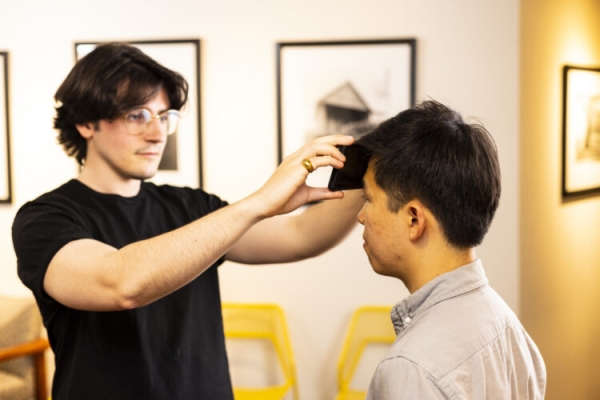If you’ve ever thought you may be running a temperature yet couldn’t find a thermometer, you aren’t alone. A fever is the most commonly cited symptom of COVID-19 and an early sign of many other viral infections. For quick diagnoses and to prevent viral spread, a temperature check can be crucial. Yet accurate at-home thermometers aren’t commonplace, despite the rise of telehealth consultations.
There are a few potential reasons for that. The devices can range from $15 to $300, and many people need them only a few times a year. In times of sudden demand — such as the early days of the COVID-19 pandemic — thermometers can sell out. Many people, particularly those in under-resourced areas, can end up without a vital medical device when they need it most.
To address this issue, a team led by researchers at the University of Washington has created an app called FeverPhone, which transforms smartphones into thermometers without adding new hardware. Instead, it uses the phone’s touchscreen and repurposes the existing battery temperature sensors to gather data that a machine learning model uses to estimate people’s core body temperatures. When the researchers tested FeverPhone on 37 patients in an emergency department, the app estimated core body temperatures with accuracy comparable to some consumer thermometers. The team published its findings March 28 in Proceedings of the ACM on Interactive, Mobile, Wearable and Ubiquitous Technologies.
Read more at University of Washington
Image: A team led by researchers at the University of Washington has created an app — FeverPhone — that transforms smartphones into thermometers without adding new hardware. To take someone’s temperature, the screen of a smartphone is held to a patient’s forehead. Shown here is lead author Joseph Breda (left), a UW doctoral student in the Paul G. Allen School of Computer Science & Engineering, measuring Richard Li’s temperature. (Credit: Dennis Wise/University of Washington)


